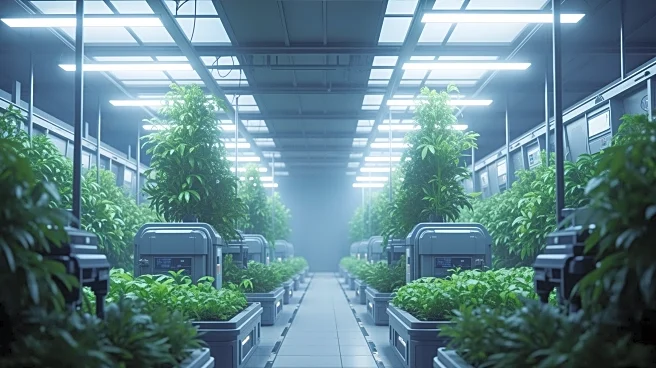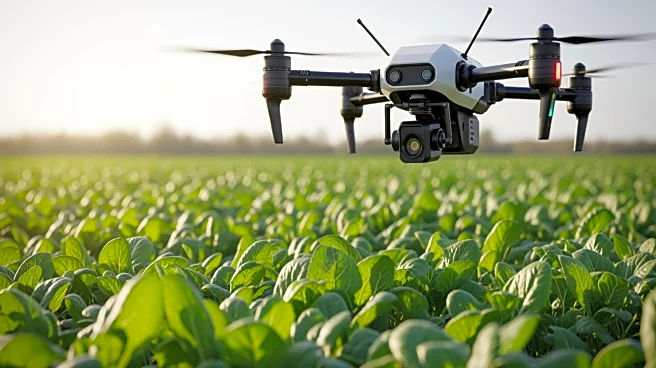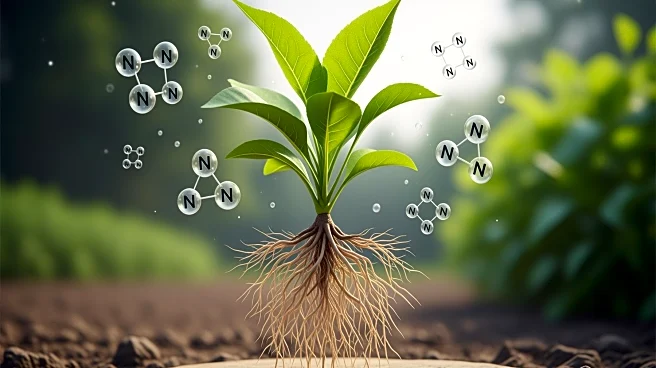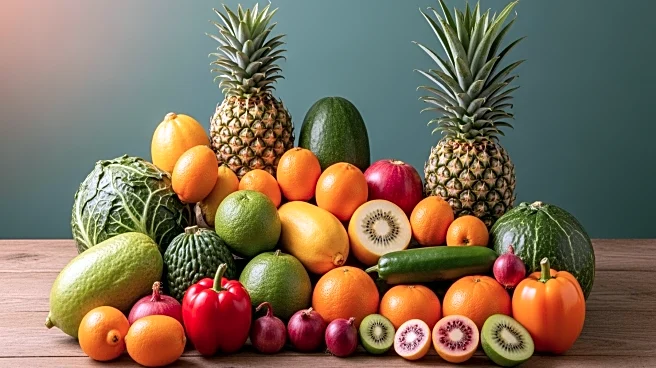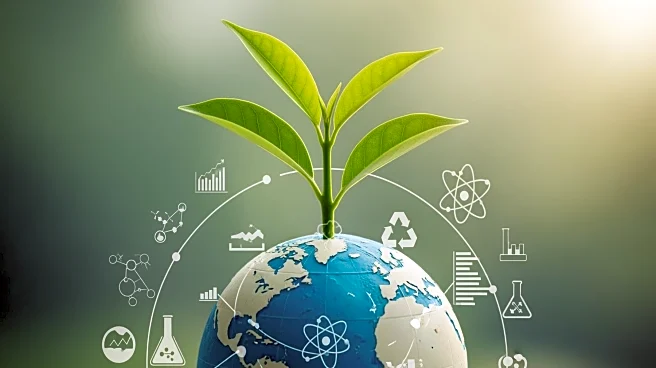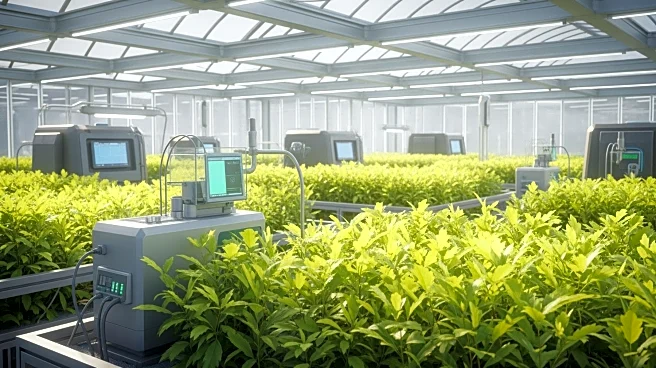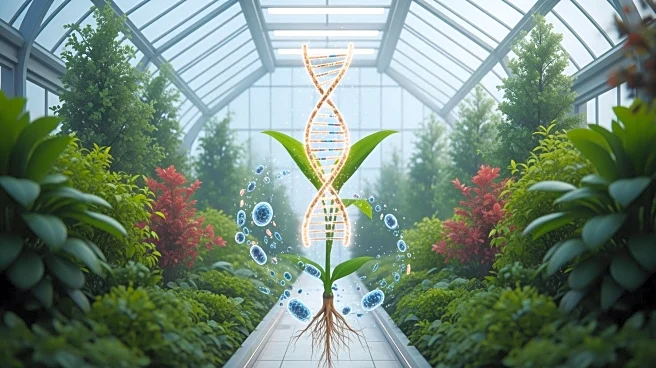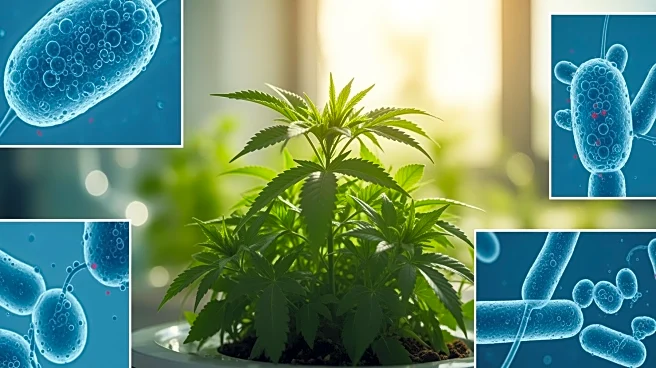What's Happening?
A new approach utilizing grafting techniques could revolutionize gene editing in plants that have been difficult or impossible to modify using traditional methods. This technique involves grafting shoots of non-modified plants onto genetically engineered
rootstocks that produce specific RNAs necessary for CRISPR gene editing. The method, still in its early stages, has shown promise in enabling gene edits in plants like cocoa, coffee, sunflowers, cassava, and avocados, which have rigid cell walls that complicate conventional genetic engineering. Researchers, including Ugo Rogo from the University of Pisa, are optimistic about the potential of this technique to enhance plant productivity and nutrition, addressing challenges posed by climate change and population growth.
Why It's Important?
The ability to gene-edit a wider variety of plants could have significant implications for agriculture and food security. By making plants more productive and nutritious, this technique could help mitigate the impacts of climate change on crop yields and reduce food price volatility. Additionally, the method could bypass lengthy regulatory processes associated with conventional genetically modified organisms, as it avoids inserting extra DNA into plant genomes. This could accelerate the development and approval of new plant varieties, benefiting farmers and consumers alike. The approach also opens up possibilities for enhancing disease resistance and other desirable traits in crops, potentially transforming agricultural practices.
What's Next?
Researchers are encouraging further development of this grafting technique to expand its applicability across more plant species. Combining grafting with viral delivery systems for CRISPR components could enhance the versatility of gene editing, allowing for multiple edits using the same rootstock. This could lead to widespread adoption in agriculture, with potential collaborations between scientific institutions and agricultural industries to refine and implement the technology. As the technique progresses, it may attract interest from policymakers and regulatory bodies, who will need to consider its implications for food safety and environmental impact.
Beyond the Headlines
The grafting technique could also influence ethical and legal discussions surrounding genetic modification. By enabling gene edits without adding foreign DNA, it challenges existing definitions of genetically modified organisms, potentially reshaping regulatory frameworks. Furthermore, the method could democratize access to advanced agricultural technologies, empowering smaller farms and developing regions to improve crop resilience and productivity. Long-term, this could contribute to more sustainable and equitable food systems, addressing global challenges related to food security and environmental conservation.


